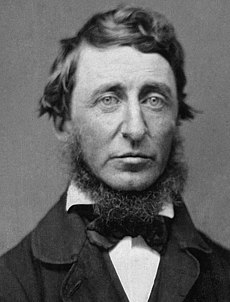What is Distribution Planning?
- Distribution Planning is being Pro-Active.
- There are three stages of activity:
- Inactive: Leaving the barn door open, letting the animals out of the barn.
- Re-Active: Closing the door after the animals have left the barn.
- Pro Active: Keeping the door shut until you want to let the animals out of the barn.
What is Distribution Planning?
It is the integration of qualified assets, such as: I.R.A.'s, pensions and profit sharing plans that are coordinated with Non Qualified, such as: Life Insurance, real estate, securities, etc. which are purchased with after tax dollars.
All of life is based upon intergration. Without this, assets resemble pieces of a puzzle laying on the table but forming no picture or clarity.
When I purchase clothes, I make sure the sport court, tie, and pants compliment and go together. Distribution planning makes sure that all of your ASSETS, both qualified and non qualified compliment each other.
My experience is that the majority of people that I work with have purchased products without any thought as to whether they fit in with the rest of their assets. Having over 30+ years of experience in the financial industry, it is essential to make sure your assets work and compliment each other.






